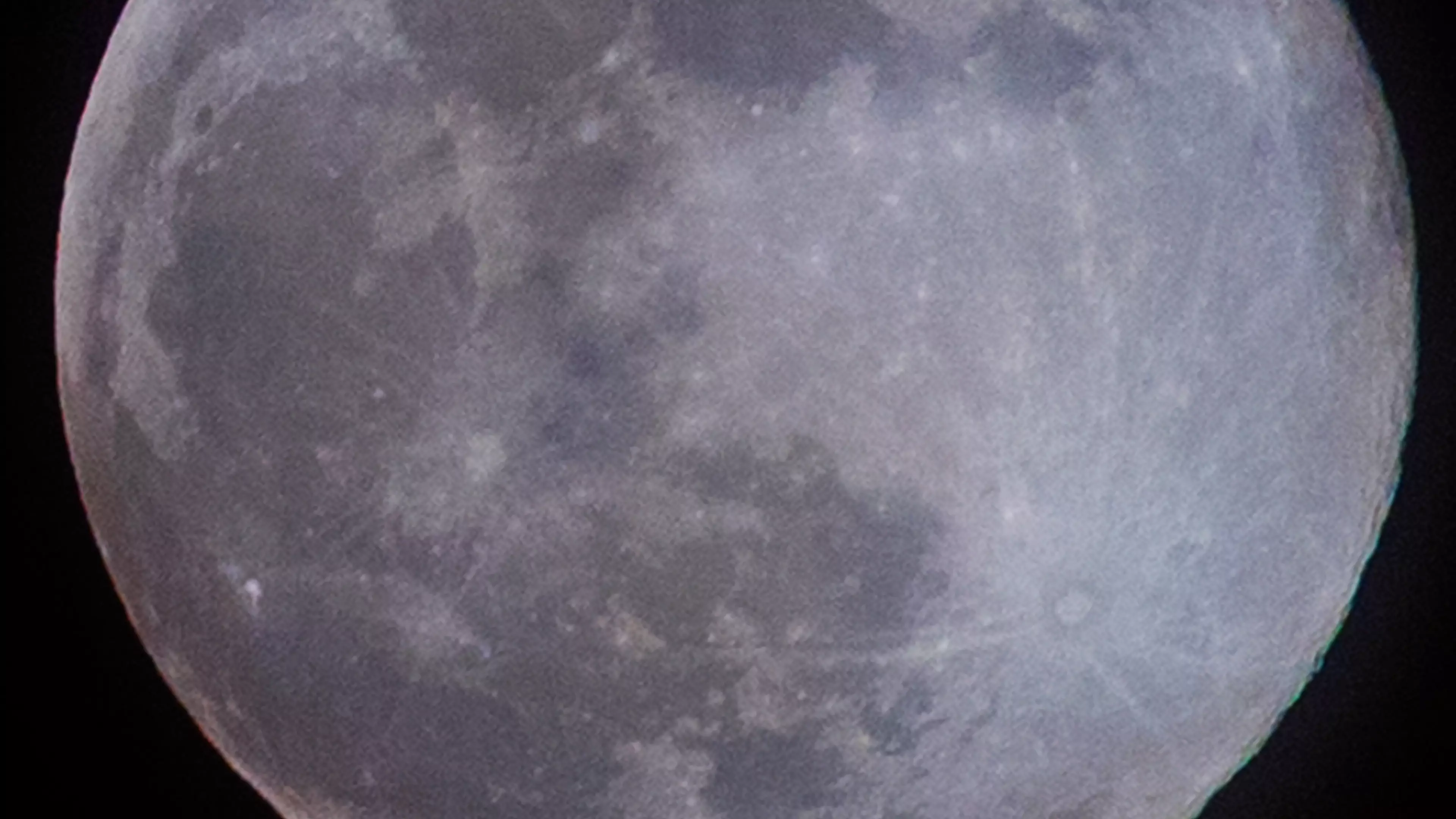
Stargazers, it's time to cast your eyes skyward for yet another celestial spectacle as Monday night (9 March) will see the UK lit up by the second 'supermoon' so far this year.
So, this time around it's called the 'Worm Moon' - which is just the name given to the first full moon of March - and it should be visible to anyone in the UK with clear skies from Sunday night until Tuesday.
The moon will reach the highest level of fullness, meaning it will be at the largest size it'll be in our skies, on Monday evening.
If you look to the heavens at about 5.48pm on Monday, you'll have a chance of seeing the moon appearing seven percent larger than usual, but also lit up by the last dying light of the sun as it goes down.

If you're interested, a super moon occurs when the full moon period of the usual cycle occurs as the moon is near to or approaching perigee, which is when the moon is closest to the earth in orbit.
That means a supermoon is capable of being up to 14 percent larger and as much as 30 percent brighter than the moon is on a normal night.
Impressive stuff, if you've ever spotted one.

This time about, it's called the Worm Moon because - historically - it's the time of the year when the rains start to soften the ground underfoot after a long cold winter and the worms start to head for the surface once again.
Hell, given the weather we've had, the worms have most likely drowned under the levels of water.

Despite being closer than it usually would be, the moon is still a decent whack away from us.
Advert
Even when it will be at its closest to Earth, our closest major satellite will still be 222,081 miles (357,405 km) away from us.
In terms of space, that's nothing, but you'd complain if you had to travel it to get a loaf of bread.
After this one, we can start looking ahead to the 'Pink Moon' on 8 April, which will in turn be followed by the 'Flower Moon' on 7 May.
If you've got a telescope, or a decent camera lens, this Monday night is the time to get stuck in.
Featured Image Credit: PATopics: Science, UK News, Interesting